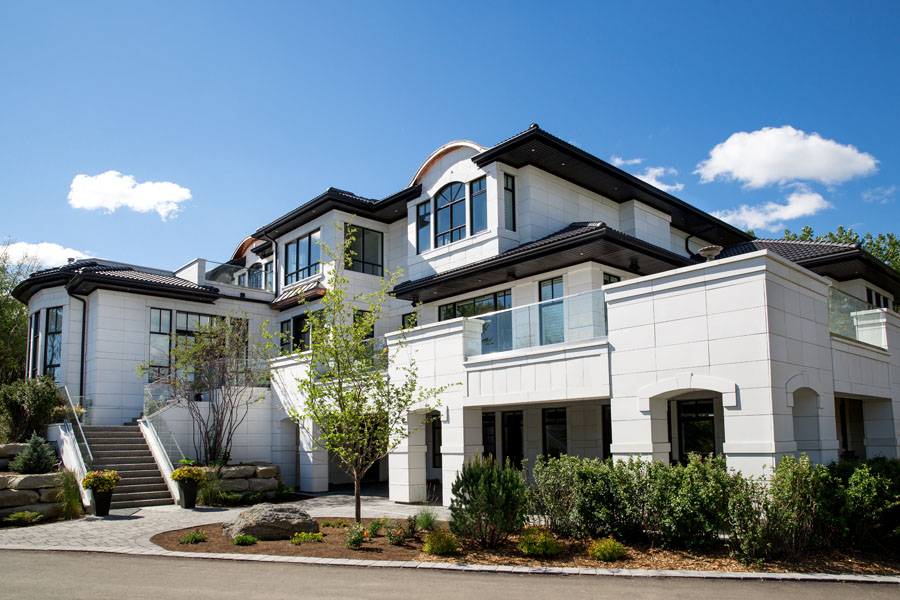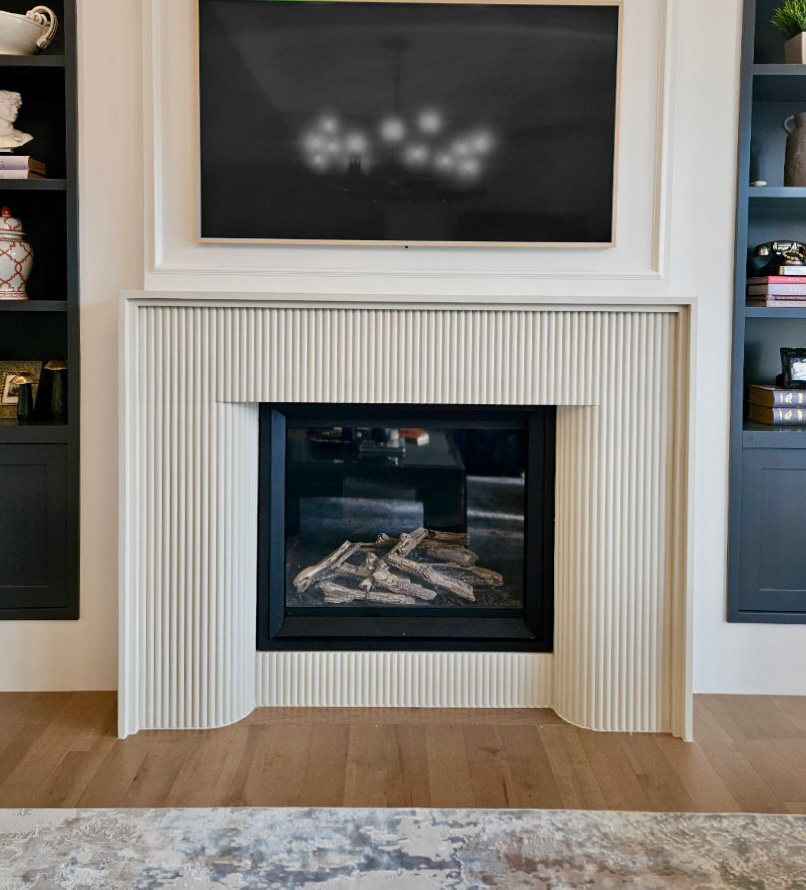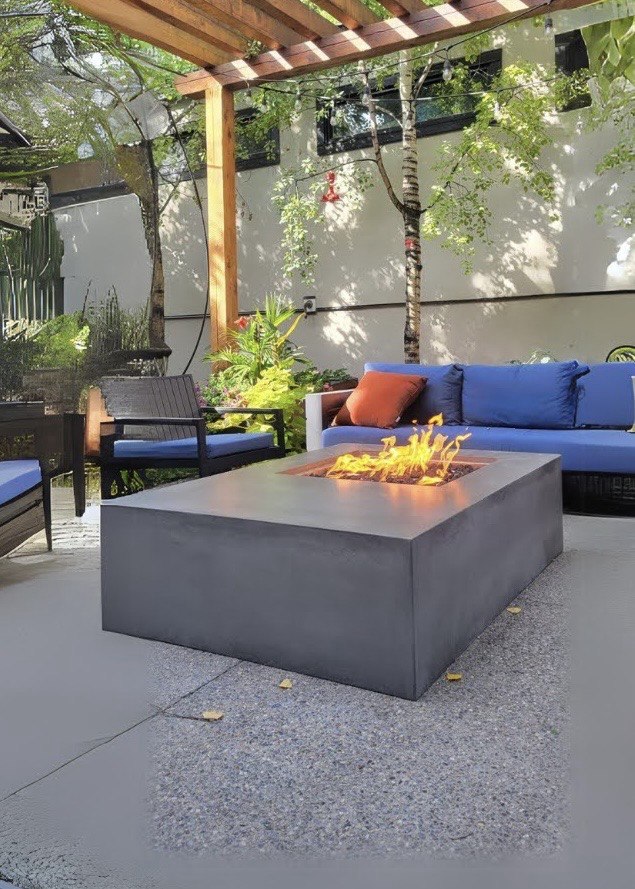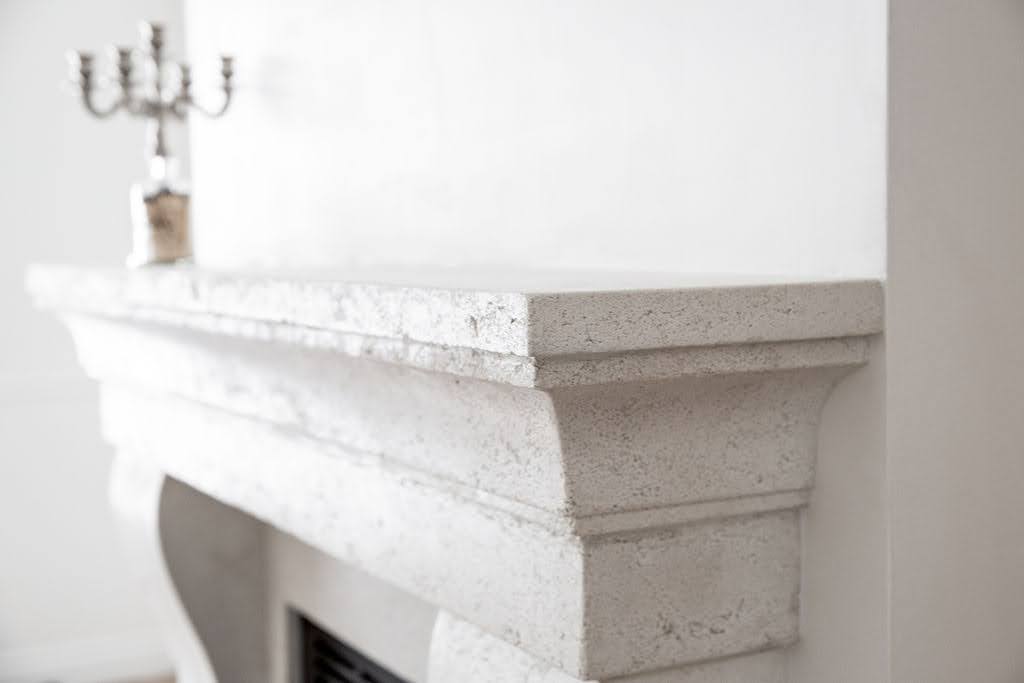Architectural cladding is a term we use for materials attached to a building’s framework as the final layer of the wall. Sometimes, it’s functional, and other times it’s purely decorative. Cladding is not part of the structure and continues at the end of the construction process. Of the many reasons to choose architectural cladding as a building finish, one of the most notable is to enhance curb appeal.
What is Curb Appeal? Quick Definition and Why It’s Important.
If a house has curb appeal, it looks good from the outside. Realtors use this term to describe houses to prospective buyers as seen from the street. It’s the first impression people have of a building, so it’s essential. Increasing curb appeal can help property sell faster and sometimes even for a higher price.
Using a striking material like concrete wall cladding for your home’s exterior gives it an architectural edge, instantly enhancing its curb appeal.
Concrete as an Architectural Cladding Material
There are dozens of architectural cladding materials, including timber, steel, stone, and even high-performance plastics. However, concrete cladding remains one of the most popular choices.
Apart from its sleek aesthetic, it’s also an excellent insulator and doesn’t require much maintenance.
In terms of curb appeal, concrete cladding is a clear winner. While materials like steel or plastic may appeal to a niche group of buyers, concrete suits almost any taste and is difficult not to love. The material’s neutral tones bring out the greenery and the beauty of the home’s natural surroundings.
Using Concrete Wall Panels for Houses vs Commercial Buildings
There are so many ways to enhance a commercial property’s curb appeal with concrete. Office blocks, shopping complexes, and civic spaces can make their façades more eye-catching and memorable to passers-by. Alternating concrete colors, working with textured finishes, or pairing concrete with contrasting materials can give commercial buildings a unique identity on busy streets.
You can also use concrete to clad houses, and it has been a favorite material of many famous residential architects, including Frank Lloyd Wright and Le Corbusier. Concrete cladding panels are becoming a staple in contemporary home design. They are sleek and modern and pair just as well with rough timber and overgrown gardens as floor-to-ceiling glass.
Styling Concrete Wall Cladding
A common myth about concrete is that it only comes in gray. In reality, you can mix pigmented aggregates into the concrete while wet to change the final color, making it infinitely customizable. At Sculptural Design, we offer eight neutral concrete color variations and can create custom colors upon request.
Board-form cladding is another beautiful way to use concrete on your home’s exterior walls. It’s a sculptural, rustic finish made by pressing wooden planks into the concrete while wet to create a textured surface pattern. We can make board-form, hand-pressed, and custom patterns to suit your design preferences.




